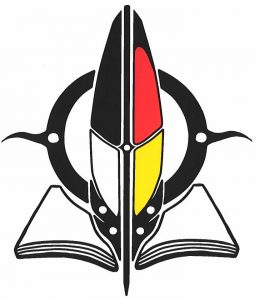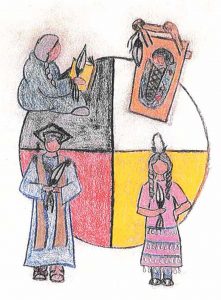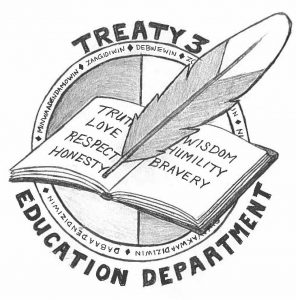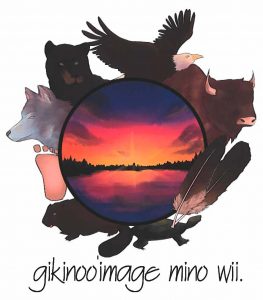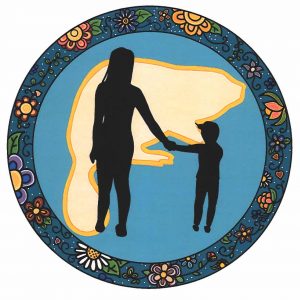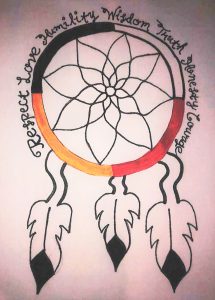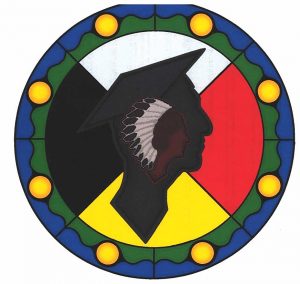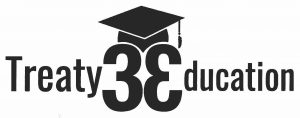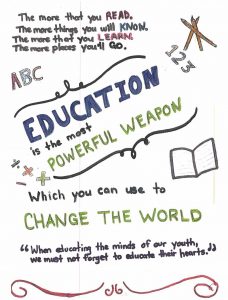Education Logo Contest Winners
Grand Council Treaty #3’s Education department and the Treaty #3 Education Committee hosted a logo contest asking Treaty #3 members to submit artwork depicting what education meant to them.
We received a number of submissions from artists all over Treaty #3 Territory, with voting conducted by participating Treaty #3 leadership and Education Committee members. A total of 10 places were selected using a point system; 1st choice at 3 points, 2nd at 2 points, 3rd at 1 point.
We would like to acknowledge and thank everyone that submitted artwork for this logo contest. Artwork submissions can be viewed on Grand Council Treaty #3’s website at www.gct3.ca.
We would like to congratulate our logo contest grand prize winner Amelia Scott of Wabaseemoong Independent Nation with her artistic view of, What does Education in Treaty #3 mean to you? The logo will be featured on our website, promotional wear and posters for our Grand Council Treaty #3 Education department upcoming events and meetings.
Logo contest winners:
1st Place
Amelia Scott of Wabaseemoong Independent Nation-$1500.00
2nd Place
Bernice Major of Niisaachewin Anishinaabe Nation-$1000.00
3rd Place
Dianne Coveyduck of Seine River First Nation-$750.00
4th Place
Calvin Joseph of Naotkamegwanning First Nation-$500.00
5th Place
Marde Singleton of Eagle Lake First Nation-$250.00
6th Place
Leah Arch of Ojibways of Onigaming First Nation-$150.00
7th Place
Jasmine Doudiet of Wabigoon Lake Ojibway Nation-$125.00
8th Place
Aaryn Zoccole of Eagle Lake First-$100.00
9th Place
Rachel Cameron of Niisaachewin Anishinaabe Nation-$75.00
10th Place-
Shamira Mandamin of Iskatewizagegan #39 Independent Nation-$50.00
“Kichi Miigwech for all your beautiful artwork”
